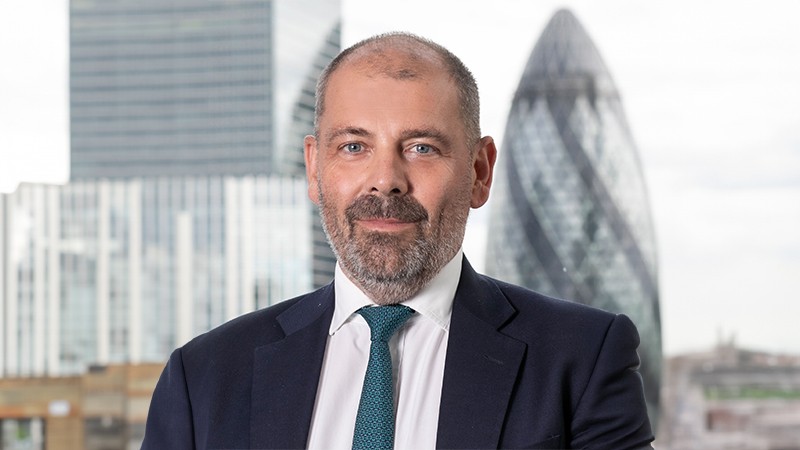The newly formed M&G Prudential will oversee a total of £332bn in assets under management for over six million customers in the UK and internationally.
The current chief executive of Prudential UK and Europe (UK&E) is to become the new chief executive of the merged entity, while Anne Richards will remain in her role as chief executive of M&G and serve as a deputy chief executive of M&G Prudential.
Clare Bousfield, CEO Insurance for Prudential UK&E, will also become a deputy chief executive for the new UK business.
Prudential chief executive Mike Wells (pictured) said uniting the two UK businesses will “allow us to better leverage our considerable scale and capabilities” and reflects the “convergence” in the investments and savings markets.
“In recent years, we have seen a convergence in the investments and savings markets with customers across all geographies and demographics demanding more comprehensive solutions to their financial needs,” he said.
“Bringing together these two high-quality businesses, while transitioning to a capital-light model, will enable M&G Prudential to increase its growth prospects by providing better outcomes for our millions of customers and in turn generate strong returns for our shareholders.”
The decision to merge Prudential’s UK operations has added more fuel to the fire that the life insurer intends to ditch its UK operations entirely and concentrate on the more profitable parts of its operations in Asia.
Prudential’s Asian arm continues to deliver double-digit growth, generating £1.1bn of new business profit in the interim, 18% higher than the year prior, and 15% higher free surplus generation of £553m.
Its UK businesses, by contrast, only took in £161m in new business profit over the period.
The insurer’s UK asset management arm M&G saw an improvement in performance with net inflows of £7.2bn over the first six months of the year, after reporting £8bn of redemptions in its 2016 annual results.
Looking at Pru’s total operating profit over the interim, the insurer’s decision to concentrate more on its Asia and US ventures makes sense, said Interactive Investor head of equity strategy Lee Wild.
He said: “Double-digit profit growth in Asia and a strong performance in the US had half-year operating profit up by 5% at constant exchange rates. Convert all those overseas profits back into a weak sterling, Pru’s reporting currency, and actual profit was up 15% at just under £2.4bn.”
Asia in particular with its “rapidly growing and underinsured middle class is a lucrative market for Pru,” he said, adding that “it’s a long-term structural growth story, not some flash in the pan”.
And, though some speculate Prudential’s shares could soon hit £20, there is also talk that “buying is drying up,” which could be resolved by selling the UK business.
“It’s something the company has been mulling over in private, and cutting loose the underperforming domestic operations, where Pru no longer writes new annuity business, could stick a rocket under the share price,” said Wild.
“I’m not sure the merger was necessarily expected,” said Nick Hyett, equity analyst at Hargreaves Lansdown, but it does looks less likely that the UK business will be dismembered over an extended period as previously thought, he added.
Post-merger, Hyett thinks M&G Prudential looks like “a more viable standalone unit”.
“There was nothing in the interim results to suggest that they are looking at a spin-off or sale imminently,” he said.
“There is a lot of rationale for having a UK back book to support the US and Asia growth strategies and underpin the dividend quite nicely. M&G is capital light and has recurring revenue. There is no need for them to get rid of it.”
Prudential refused to comment on whether it was prepping its UK businesses to be sold. A spokesperson stated the merger was part of “our priority to generate long-term returns for our policy holders and shareholders”.











